English horn
EENG-glish horn
[English]
HISTORY: The English horn is the direct descendent of the oboe da caccia, which was used through out the Baroque period. There is some debate on the name English horn, because the instrument is neither English nor does it look anything like a horn. The reasoning of this could be, because the English horn used to be called the cor angle since it had a bent shape similar to some of the older instruments. Angle, which is a French word, was mistranslated as anglais, or English. Even with the modern instrument being straight, the translation is still used and the instrument is still known to this day as the English horn. The English horn, or the oboe da caccia, was often used in Baroque music, but was not used very much from Haydn's time to Wagner's era. In the works of Berlioz and Meyerbeer the English horn received attention. Starting from the middle of the nineteenth century on, the English horn has had a more prominent position within orchestral music. The English horn usually takes the place of the oboe da caccia in the modern orchestra.
PHYSICAL DESCRIPTION: The English horn has a conical body and is a double reed instrument that looks like a large oboe with a bulb-shaped bell and bent double reed. Both the body and the double reed are slightly longer than those found on oboes.
SOUND PROPERTIES: The sound of the English horn is similar to that of the oboe. The tone of both instruments get thinner as you get higher into the register. When you get to the highest notes of the register the English horn sounds so much like the oboe that it actually loses it's own distinct characteristic tone. In the lower notes of the range of the English horn you get a rich and beautiful tone, that posses a strong and expressive carrying power.
RANGE: It is a transposing instrument in the key of F, sounding a fifth lower than the written notes. The practical written range of the English horn written is from B3 (below middle C) to G6 (above the treble clef staff). Experienced performers are able to extend that range more than a fifth higher. The sounding range is from E3 (below middle C) to the C6 above the treble clef staff.
Example
Alexander Borodin: Prince Igor, "Polovetsian Dances"
Antonín Dvořák: Symphony No. 9 in E minor, Op. 95, II
Gustav Holst: The Planets, Op. 32, "Jupiter, The Bringer of Jollity"
See Also
[Abbreviation] E. Hn.[Abbreviation] E. H.
[French] cor anglais (m)
[French] cor angle (m)
[German] Englischhorn (n)
[Italian] corno inglese (m)
[Spanish] corno inglés (m)
[Spanish] cuerno inglés (m)
Share
Tweet
Last Updated: 2013-02-14 19:05:32

